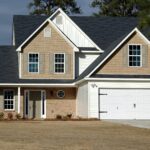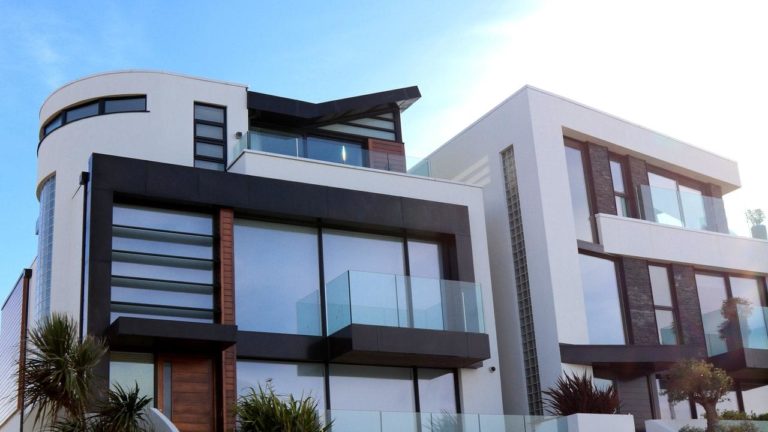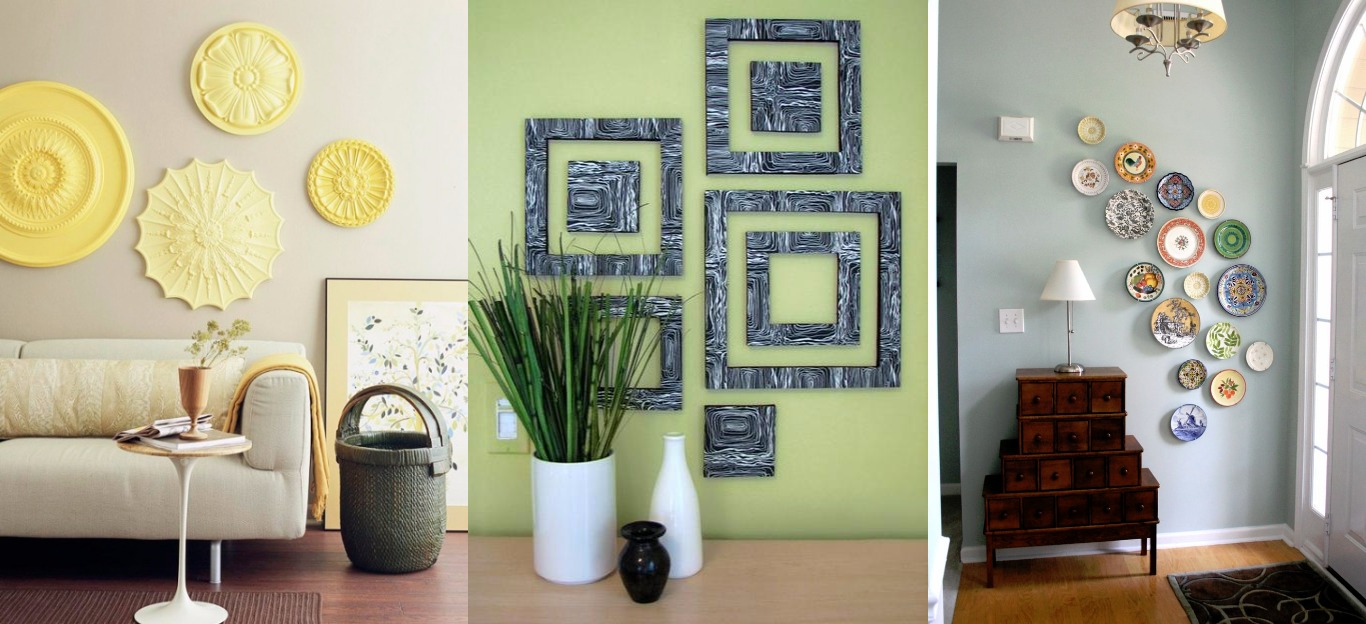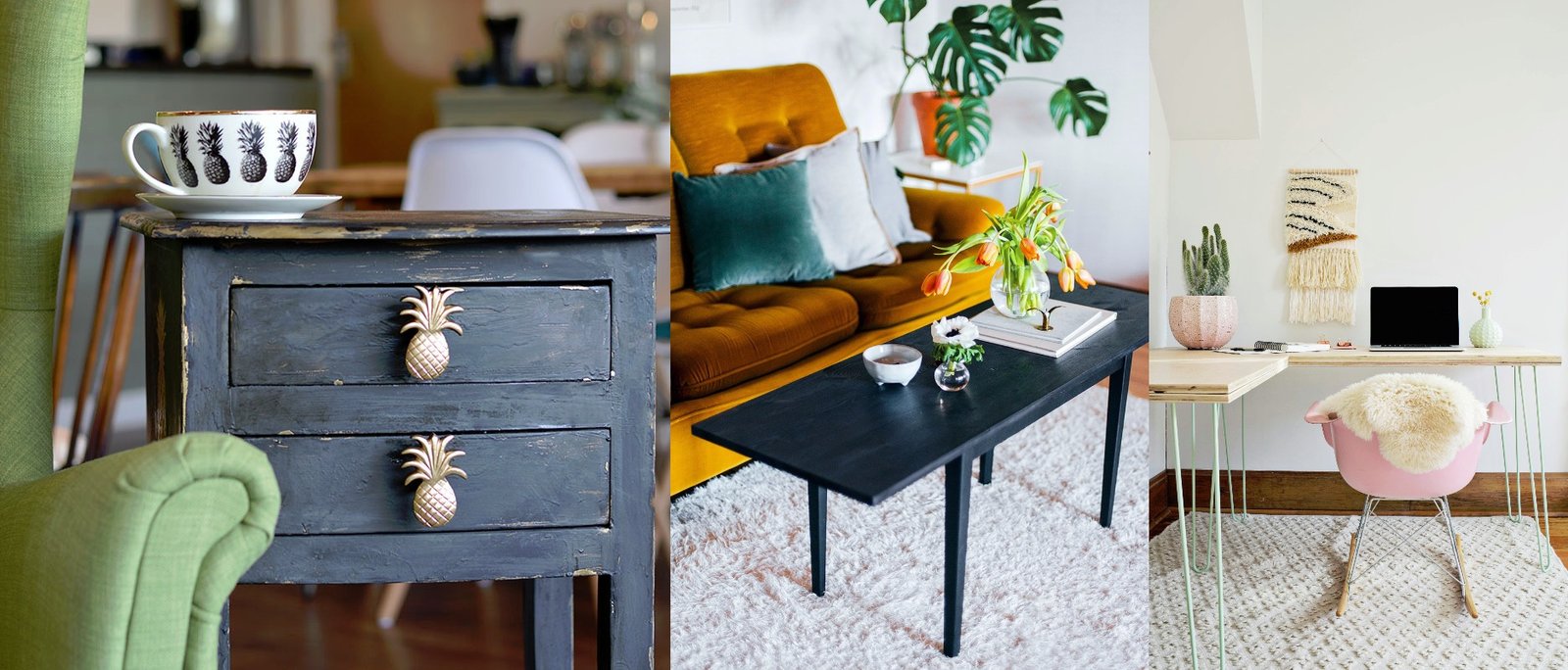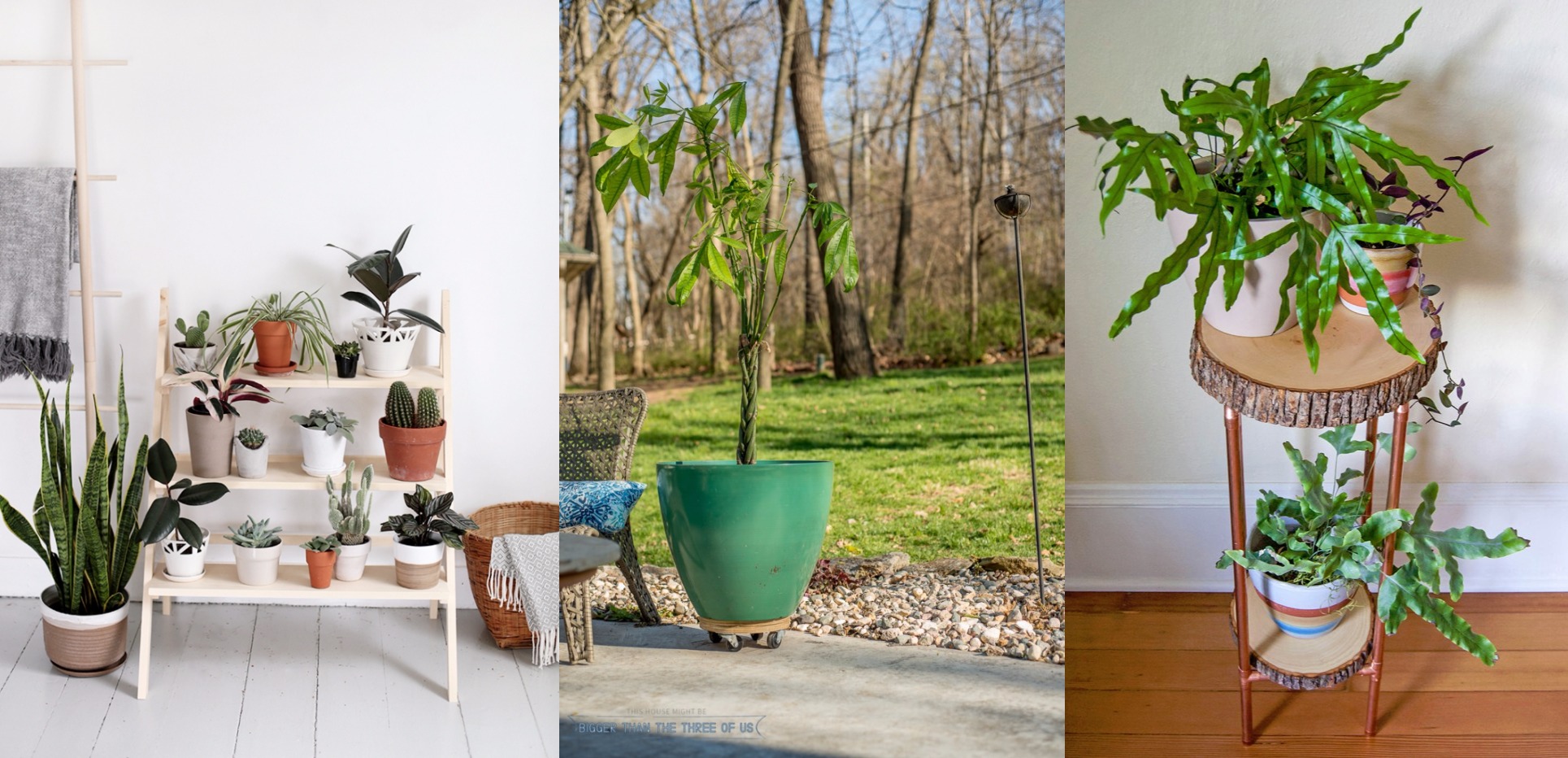In modern architecture and design, we are seeing a lot of disruption right now, but there’s no denying that this sector is always evolving with the new trends. Economic shifts, customer and market trends, government incentives and programs, environmental trends, residential shifts and rapid urbanization – these and many other factors are constantly forcing architecture and design to evolve and adapt. Of course, this is a good thing, because this sector needs to evolve in order to solve some important problems that the modern generations are facing.
Let’s not forget that architecture and design serve a variety of purposes, but in recent years the goal has been to elevate our quality of life in the residential sector, influence customer experiences in the commercial realm, all the while creating more sustainable solutions for the environment. Let’s put all of this into perspective and take a look at the architecture and design trends you should know about in 2021.
Smarter residential and commercial spaces
Technology is one of the biggest disruptors in modern architecture as well as interior and exterior design. It’s not just about equipping modern residential and commercial spaces with technology, it’s about weaving technology into the planning phase and innovating architectural solutions with advanced tech in mind. In other words, residential and commercial spaces are built on a technological foundation.
In the planning and preparation phases, architects and designers will use BIM (building information modeling) technology to bring entire buildings to life in a virtual space in greater detail than was ever possible. Designers are increasingly using augmented reality to visualize their ideas and concepts. This allows architects and designers to cut financial waste, speed up their projects, and innovate solutions that bring more value to residential and commercial real estate.
Carbon neutral design and architecture

Environmentalism has become a hot topic in recent decades, and nowadays it has become one of the most disruptive forces in many industries, particularly architecture and design. Now that governments around the world are pushing for more green innovation and transformation, the commercial and residential sectors are increasingly looking for more eco-conscious solutions.
We’ve all heard of vertical gardens, the biophilic commercial and residential design, as well as green roofing and other green solutions. What architects and designers are pushing for now, though, is carbon neutrality. Many countries have set goals to cut their carbon emissions in the near future, and they can only do that with the support of innovative architects and designers.
Carbon neutrality is not just about cutting carbon energy use in a building, it’s about minimizing carbon emissions during the construction process as well. One of the best ways to cut carbon energy use is, of course, to focus on better lighting design and planning.
Energy efficiency and balanced public lighting
Artificial lighting is a necessity in the modern world, but it’s also one of the biggest energy wasters in all sectors. The green cities of the future must invest in fixtures with balanced functionality and aesthetics that minimize energy consumption but provide the right type of illumination for public spaces and interiors. This is one of the most powerful ways to alleviate the stress off the municipal power grid, and reduce energy waste across the board.
However, it’s not just about reducing energy waste, it’s also about prolonging the lifespan of lighting fixtures in all sectors to minimize the financial investment over the long term. With public and private lighting that lasts longer, the government, commercial, and residential sectors will be able to lower their financial expenditure considerably in the years to come.
Sustainable architecture and construction

Speaking of sustainability, it’s important to note that this is yet another powerful trend that is shaping modern architecture and design, and especially construction. Every process, from inception to planning and material sourcing, all the way to construction and finalization, should be done in a more sustainable way in order to cut waste and minimize the impact on the environment.
However, sustainability is not just about eco-conscious solutions, it’s also about ensuring equality and fair trade, eliminating worker exploitation, and nurturing the values that protect humans, animals, and the environment.
Converting commercial spaces for residential purposes
Last but not least, conversion is one of those interesting trends in architecture and design that is currently gaining exposure around the world. Due to rapid urbanization and the skyrocketing prices of real estate across the globe, architects and designers are prompted to come up with new solutions to address the housing crisis in a viable way.
Nowadays, you can see unused and vacant commercial properties being revitalized as residential dwellings, and entire commercial neighborhoods converted for the residential lifestyle. This a big transformative trend that will dominate in the years to come, as millions of people need more affordable housing, and commercial buildings can be easily converted to address their needs.
Wrapping up
In 2021, architecture and design will continue to innovate solutions with sustainability in mind. These trends will reshape the commercial and residential sectors in the years to come, and it’s important to stay on top of the latest developments to spot opportunities whether you’re a business leader or an aspiring homeowner.
